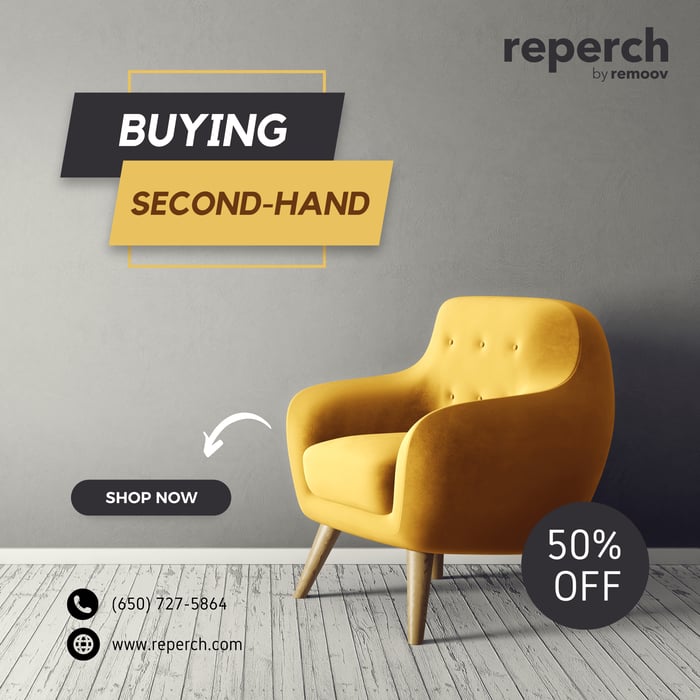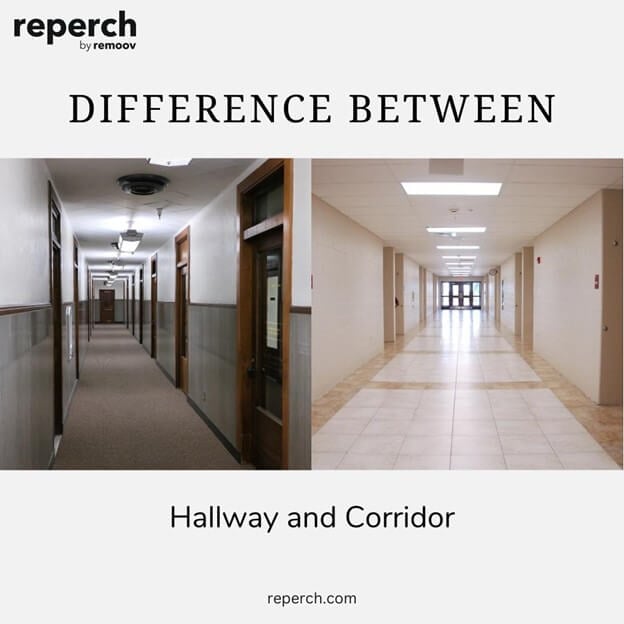In recent years, buying second-hand has gained popularity, not just as a money-saving option but also as an eco-friendly choice. This shift has brought exciting opportunities for individuals to explore preloved items, reduce their environmental footprint, and discover unique treasures. Below, we delve into the various advantages of buying second-hand and why it should be a key part of your lifestyle.
1. Save Money While Finding Quality Items
One of the most compelling reasons to shop second-hand is the potential for significant savings. Second-hand items, whether they’re clothes, furniture, or electronics, typically cost much less than brand-new equivalents. According to Carolyn Schneider, author of The Ultimate Consignment & Thrift Store Guide, some thrift stores offer discounts of up to 50%, with additional markdowns if the item doesn’t sell after 30 or 60 days. You might even find high-end luxury brands at a fraction of their original prices. These discounts not only make thrift shopping budget-friendly but also allow you to get more for your money without sacrificing quality.
2. Reduce Environmental Impact
The fashion industry alone contributes to 5% of global emissions and produces 92 million tons of waste annually. By buying second-hand, you help reduce the demand for new products, lessening the strain on natural resources and minimizing the waste that ends up in landfills. Moreover, second-hand shopping helps combat the pollution caused by fast fashion and mass manufacturing, which often involve harmful production processes. Extending the life of items already in circulation helps you contribute to a more sustainable world.
3. A Chance to Find Unique, Vintage Items
Second-hand shopping is like treasure hunting. Whether online or in-store, you have the chance to discover rare, vintage, or even one-of-a-kind items that are no longer available in mainstream retail outlets. Vintage clothes, for example, often have a story behind them, and wearing them allows you to stand out from the crowd with pieces that carry history and character. From 1950s attire to retro electronics, second-hand stores can offer a wide array of unique finds that mass-produced fast fashion simply can’t replicate.
4. Help Support Local Businesses and Communities
Many second-hand stores operate as part of local businesses or charities. When you purchase items from these shops, you’re not only scoring great deals but also contributing to the well-being of your community. Proceeds from these stores often fund shelters, low-income programs, and local projects that address critical social issues. This gives your purchases added value by directly supporting meaningful causes close to home.
5. Great for Kids’ Clothing
Kids grow out of clothes quickly, making it impractical to invest in expensive, brand-new clothing. Shopping for children's clothes at thrift stores provides an economical solution while ensuring that you’re making a sustainable choice. Since kids’ clothes often wear out or become too small within months, buying second-hand ensures you're not wasting money on items that have a short lifespan.
6. Promote Ethical Consumerism and Fight Fast Fashion
Fast fashion companies are known for producing cheap, low-quality clothing under unethical labor practices. By opting for second-hand clothes, you’re taking a stand against the exploitation of workers and the rapid consumption cycle promoted by fast fashion brands. This consumer-driven approach challenges the narrative that clothing must always be new and trendy, encouraging a more conscious and thoughtful way of dressing.
7. Avoid Laundry Issues with Pre-Washed Clothes
One often-overlooked benefit of second-hand shopping is that the items you buy have already been worn and washed multiple times. This means they’re less likely to shrink, fade, or warp after you take them home. What you see is what you get—there’s no guesswork about how the item will change after its first wash.
8. Discover New Items Every Day
Unlike traditional retail stores that restock the same products until new collections arrive, second-hand shops regularly add fresh items. Thrift stores receive donations frequently, making each visit a new adventure. You never know what you might stumble upon, whether it’s a rare book, a collectible, or the perfect piece of furniture. The dynamic inventory in second-hand shops makes shopping exciting and rewarding.
9. Support a Circular Economy
When you buy second-hand, you’re participating in a circular economy that emphasizes the reuse of products, reducing the demand for new materials and cutting down waste. This practice keeps valuable resources in use for as long as possible, making second-hand shopping one of the most effective ways to reduce your personal environmental impact.
10. Second-Hand Tech: A Smart Choice
Buying second-hand tech items like laptops, smartphones, or gaming consoles can save you significant money without sacrificing quality. Many older models still offer the features you need, whether for simple tasks like email and streaming or more demanding applications. Since technology evolves rapidly, buying second-hand ensures you’re getting great value for money while also preventing e-waste.
Conclusion: Embrace Second-Hand for a Better Future
With the growing awareness of sustainable living and eco-friendly practices, buying second-hand is more than just a cost-saving measure—it’s a responsible, ethical, and fashionable choice. Whether you’re shopping for vintage clothing, affordable children’s wear, or second-hand electronics, this practice benefits both your wallet and the planet.
At Reperch, we believe in the power of preloved items to make a positive impact on both individuals and communities. Join the movement and explore the joy of second-hand shopping today!








